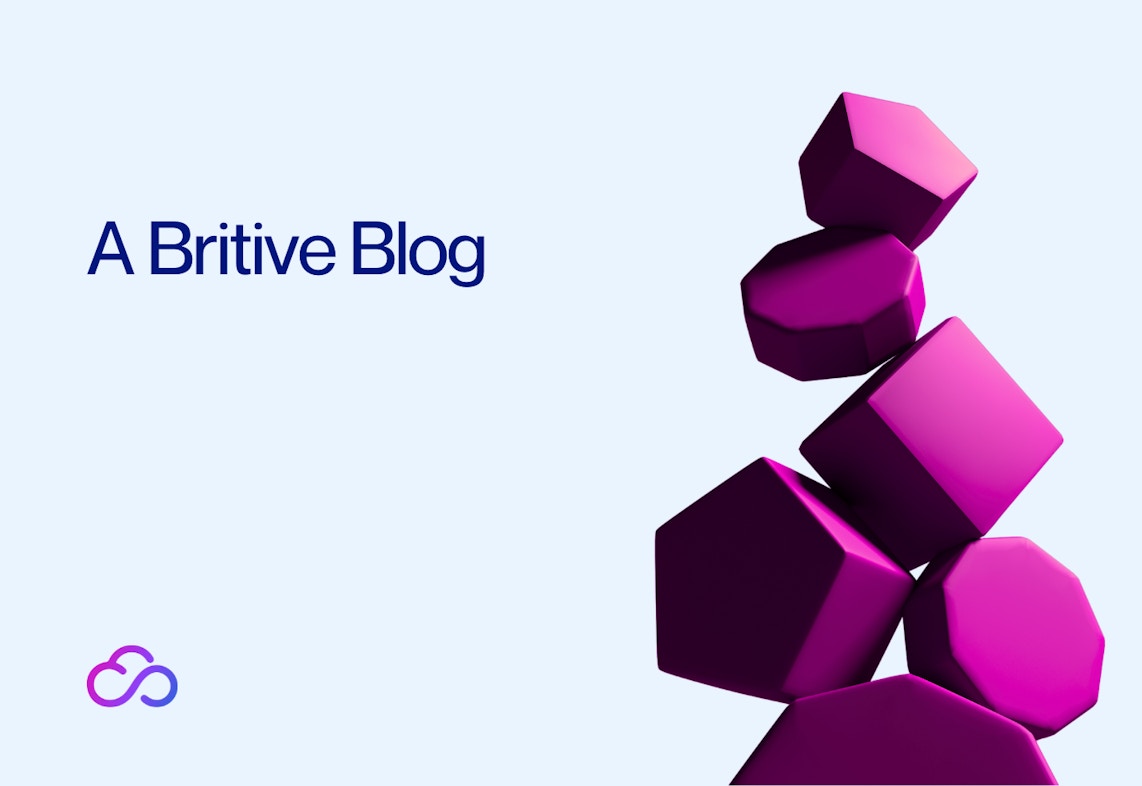
By now you may have seen that Gartner’s annual Hype Cycle for Identity and Access Management Technologies (IAM) was published in July.
As always, the information is relevant and useful. The authors note that the report “emphasizes the maturation of innovations that deliver security, risk management and business value for customer and workforce IAM. As organizations look forward to a post pandemic world, the lessons learned are fresh in the minds of security architects and operations teams. They are driving adoption of cloud-first solutions that can scale and support remote working, enable identity-first security for virtualized and legacy environments, and bring consistency and visibility to distributed identity systems, applications and users.”
Acceleration of Multi-Cloud
The accelerated adoption of multi-cloud environments means organizations must balance growth, power, and security. The cloud brings dramatic opportunities for growth as on-prem limitations evaporate and automation thrives.
The power driving such growth is due to the multi-faceted nature of the cloud, where data, development, and delivery are integrated and synthesized for customer value and optimized performance.
But while integration and automation may signal new highs for businesses, they also bring nuanced security challenges and management complexities. To fully take advantage of the cloud’s many benefits, organizations need to address these challenges today.
Beyond security, multi-cloud environments pose significant obstacles for access control. Overly privileged users (human and non-human) are difficult to monitor and manage. Teams understand that maintaining least privilege access for all users and, ideally, Zero Standing Privileges (ZSP) for privileged users, is critical but struggle to implement policies in efficient and effective ways.
What’s more, tracking thousands of accounts across multiple cloud platforms is nearly impossible to do manually, and requires a cloud-native permissions management platform, particularly one that provides Just-In-Time (JIT) permissions and enhanced visibility from a single pane of glass.

As a result, the Hype Cycle points out, Cloud Infrastructure Entitlement Management (CIEM) is on the rise.
Cloud infrastructure entitlement management (CIEM) tools help enterprises manage cloud access risks via administration-time controls for the governance of entitlements in hybrid and multi-cloud IaaS. They use analytics, machine learning (ML) and other methods to detect anomalies in account entitlements, like accumulation of privileges, dormant and unnecessary permissions. CIEM ideally provides enforcement and remediation of least privilege approaches. Managing cloud infrastructure entitlements is challenging due to their rapid increase in number and complexity, further exacerbated by the multi-cloud, where entitlements are inconsistently defined and configured. Traditional identity governance and administration (IGA) and privileged access management (PAM) solutions have not addressed the need of managing entitlements that are extremely granular and dynamic. New tools using CIEM capabilities are emerging to fill this gap.
Optimizing CIEM
CIEM addresses the challenge of managing the risk of over privileged accounts in multi-cloud environments. With thousands of new IaaS features brought to market in recent years, the threat surface for organizations increases. Additionally, when most identities use only a small fraction of the permissions they are granted, attackers try to compromise elevated, dormant users to gain a foothold in an organization’s environment.
Here at Britive, we recognize that organizations need a unified access model that is made for the cloud, requires no agents or proxies, and features built-in integrations with the most popular IaaS, PaaS, SaaS, and DaaS services.
Britive also supports DevOps teams that need to move quickly. Nobody wants a privilege access platform that slows CI/CD operations, but agility and speed must be measured with identity security in the cloud. So Britive incorporates temporary JIT access to resources as part of the CI\CD build process through automation, including Jenkins and Terraform.
Britive empowers DevOps, SecOps, and CloudOps teams to prevent account takeovers, deter insider threats, and stop data loss by automatically granting access privileges only when they are needed for as long as they are needed.
Gartner's Hype Cycle for Identity and Access Management Technologies provides an insightful and exciting look into how organizations can capitalize on the opportunities multi-cloud environments offer by implementing identity management tools that sufficiently protect and preserve critical infrastructure and data.
Britive Can Help
Gartner cites Britive as one of the key drivers in the growing CIEM category – a strong validation of the value of our multi-cloud identity management solution.
Interested in learning more about the Britive platform?




